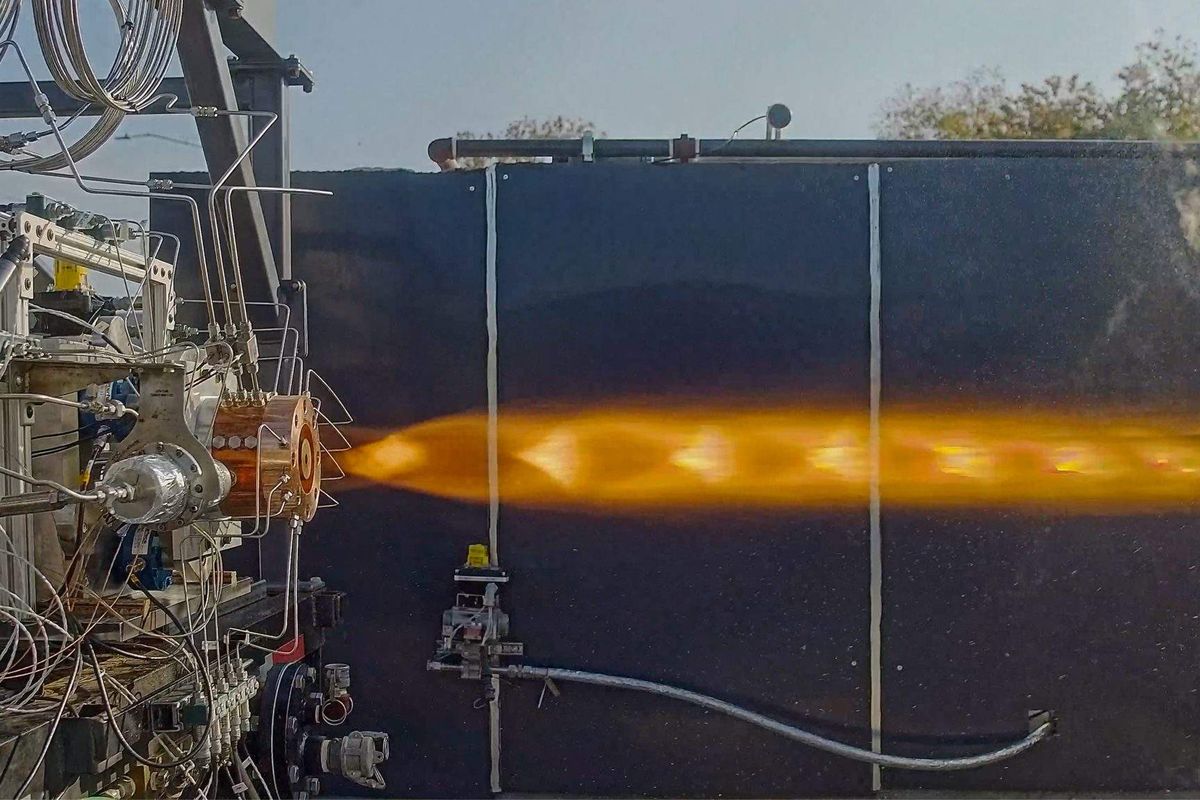Overheard: Experts weigh in on what the energy industry will look like in 2050 at Houston summit
Crystal ball
There are a lot of things up in the air within the energy industry when you look at the next 40 years — clean energy, regulation regarding fossil fuels, carbon footprint, and so much more.
At the Society of Petroleum Engineers' inaugural SPE Dot Energy Leadership Summit, the big question was what does 2050 look like for the industry. Tasked with the discussion were three energy leaders — Deanna Zhang, energy tech investment banking associate at TudorPickering Holt & Co., Lees Rodionov, vice president of Global Stewardship at Schlumberger, and David R. Hall, managing director of Hall Labs — on a panel moderated by Gabriella Rowe, CEO of Station Houston.
The panel, which took place on August 15 at MATCH, discussed all the variables and what their potential theories are for how time will change oil and gas. Of course, no one knows for sure. If they did, they wouldn't be sharing it, would they?
"It's very hard I think to capture all the things that will play out by 2050, and honestly, if I knew with any amount of certainty what would happen, I wouldn't be talking about it in public," Zhang says. "I'd be in a basement somewhere, making a company that would make a trillion dollars."
Fair enough. Here are some other overheard quotes from the discussion in case you missed it.
“I think we’ll face the fact that we’ve got to be totally clean and solve the emissions problem and do a complete full cycle. It’ll mean lots of innovation, but I certainly see the capability to get it done.”
— David R. Hall, managing director of Hall Labs.
“When it comes to bridging the efficiency debate and the green and clean debate, that will be something that by 2050 we will have bridged.”
— Deanna Zhang, energy tech investment banking associate at Tudor Pickering Holt & Co. Currently, she says the industry is split. "Right now we are trying to optimize for two objectives. The industry is divided."
“I think that one of the challenges actually is that it’s an idea of ‘us and them,’ and energy is a ‘we.’ Everyone has a role to play.”
— Lees Rodionov, vice president of Global Stewardship at Schlumberger. She emphasized that it's the energy industry — oil and gas is just one part, and it's where there's a lot of money. O&G does have opportunities for carbon neutral development.
“The opportunity for the oil and gas industry is to recognize the problems and then announce solutions itself. If the industry doesn’t, regulators will."
— Hall says on moving the industry toward a cleaner, greener future.
“In 50 years, we’ll find a way to survive, but it won’t be the same quality of life.”
— Zhang, when asked about the worst case scenario if the industry doesn't make big changes. She cites urbanization and a greater wealth gap as some things to expect.
"Stop saying 'oil and gas.' It's 'energy.'"
— Rodionov, when asked about bridging the gap between renewables and fossil fuels.





 2025 Houston Innovation Awards winners revealed at annual eventThe 2025 Houston Innovation Awards winners have been revealed. Courtesy photo
2025 Houston Innovation Awards winners revealed at annual eventThe 2025 Houston Innovation Awards winners have been revealed. Courtesy photo